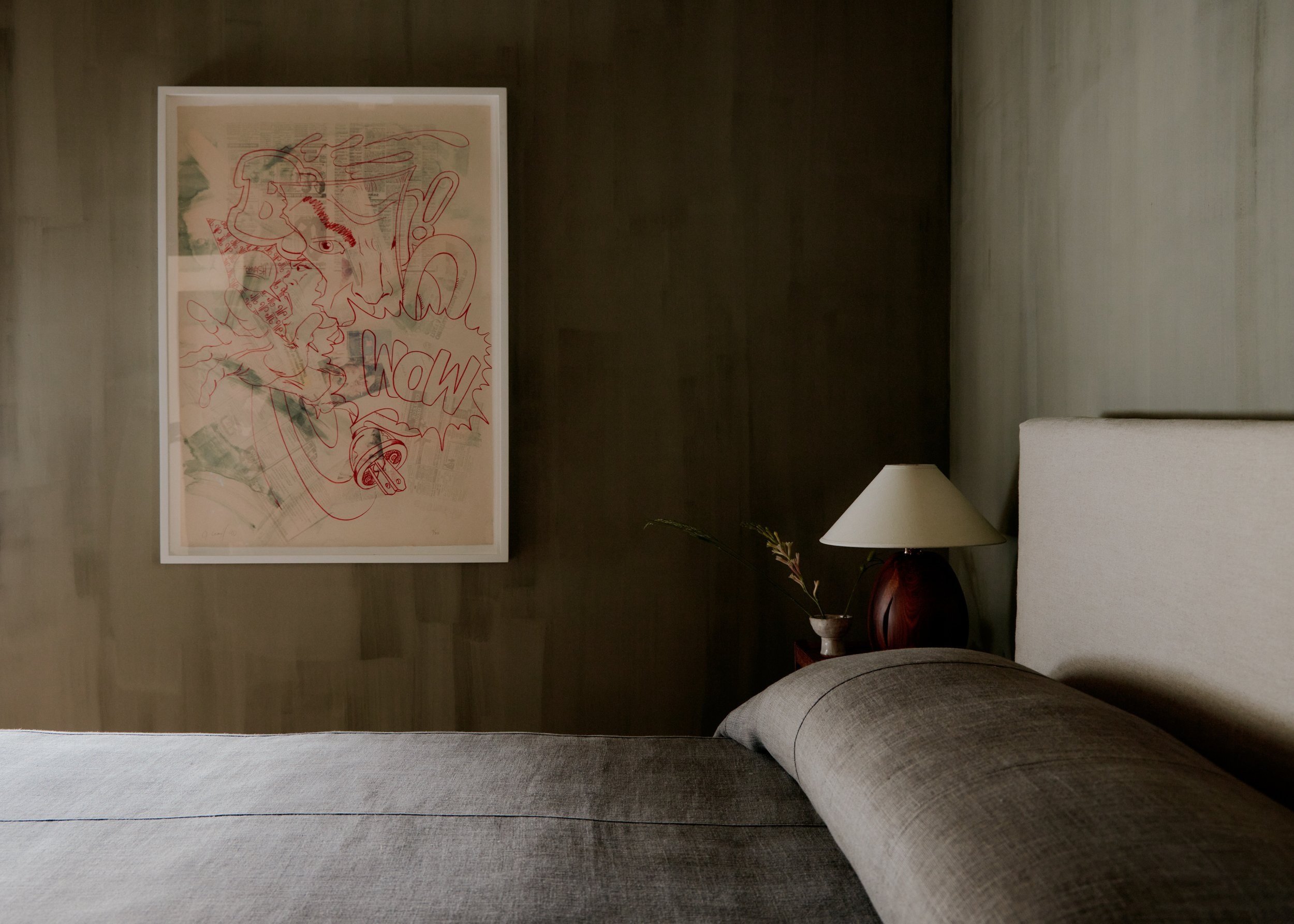
How is Lime Wash Applied?
Applying lime wash paint requires careful preparation and technique to achieve the desired finish. Here's a general overview of the process:
Surface Preparation: Ensure that the surface to be painted is clean, dry, and free of dust, dirt, and loose particles. Repair any cracks or imperfections and allow the surface to dry completely before proceeding.
Priming (if necessary): Depending on the substrate, you may need to apply a primer before applying the lime wash paint. For mineral substrates like plaster or masonry, a lime-compatible primer may be required to promote adhesion. Non-mineral surfaces may need a bonding primer to ensure proper adhesion of the lime wash.
Mixing the Lime Wash: Lime wash paint typically comes in a powdered form and needs to be mixed with water before application. Follow the manufacturer's instructions for mixing ratios and consistency. Some lime wash paints may also require additional additives such as natural pigments for coloration.
Multiple Coats (if necessary): Depending on the desired opacity and coverage, multiple coats of lime wash paint may be required. Allow each coat to dry completely before applying the next one, following the manufacturer's recommended drying times.
Finishing Touches: Once the final coat is applied and dried, you can choose to leave the lime wash as is for a matte, chalky finish, or apply a protective sealer for added durability and water resistance. Some lime wash paints may also require a lime-compatible wax or polish for a polished or aged effect.
Application: Lime wash paint can be applied using a variety of methods, including brushes, rollers, or sprayers, depending on the desired effect and the texture of the surface. Here are some common techniques:
Brushing (Preferred Method): Use a large, natural-bristle brush to apply the lime wash in a crosshatch or crisscross pattern, working in small sections to ensure even coverage.
Rolling: For larger areas, a paint roller can be used to apply the lime wash in long, overlapping strokes. Use a roller with a thick nap to achieve a textured finish.
Spraying: A paint sprayer can be used for more uniform coverage, especially on larger surfaces. Adjust the spray pattern and pressure to achieve the desired texture and coverage.

